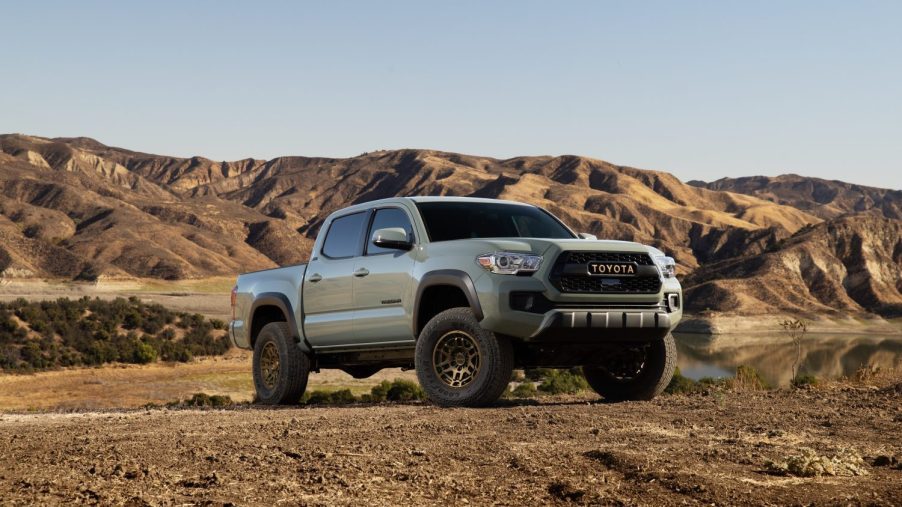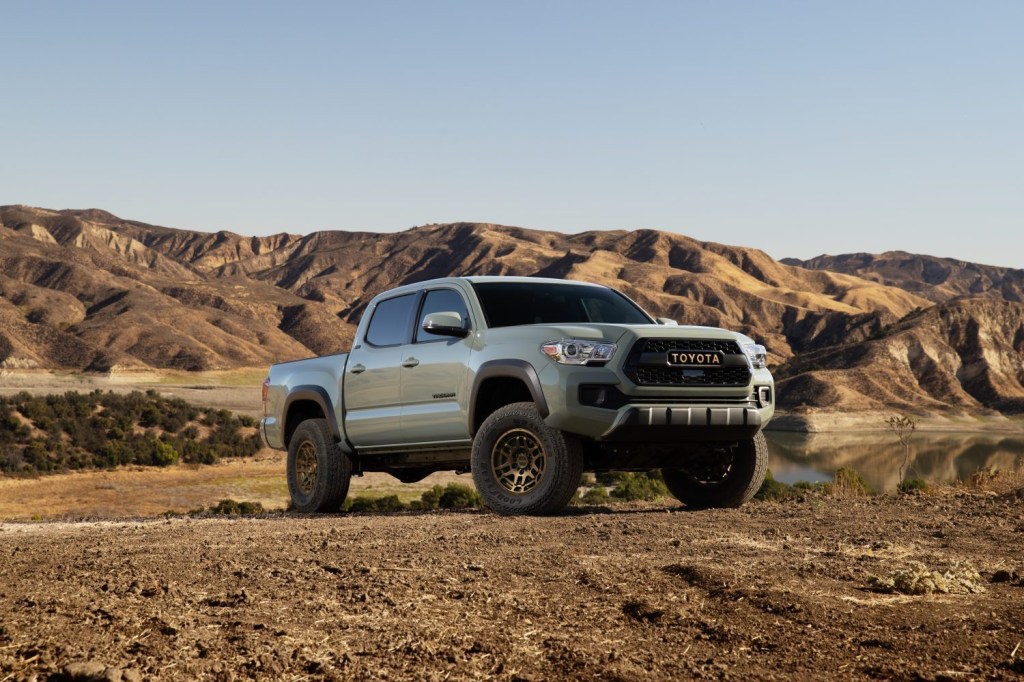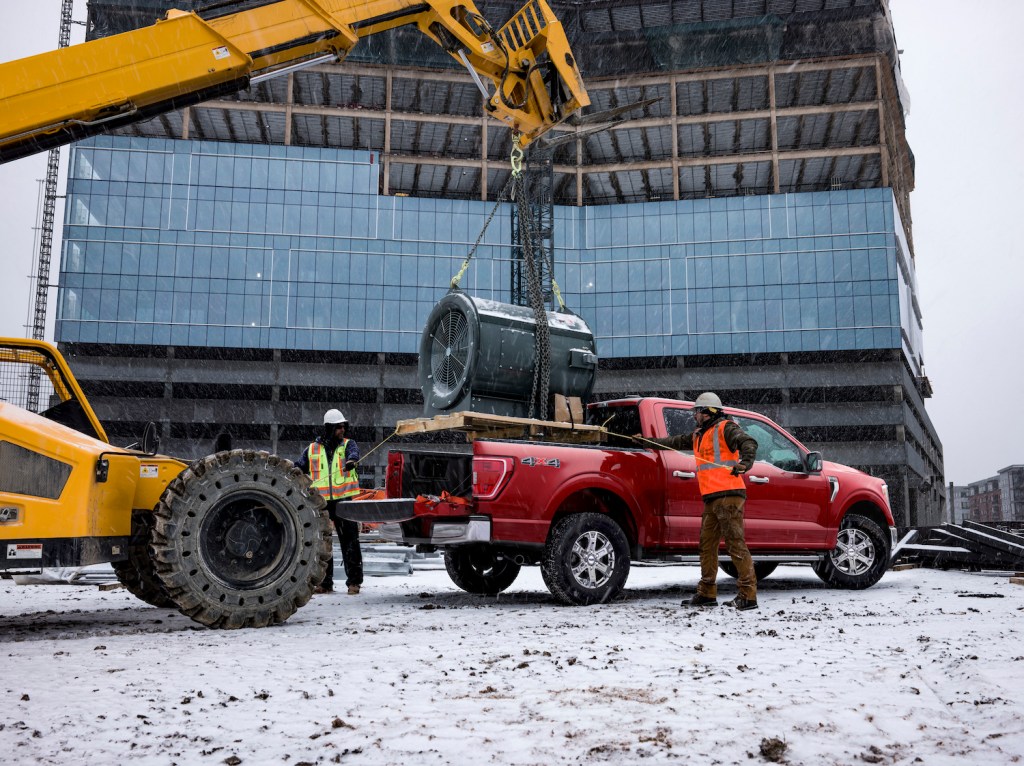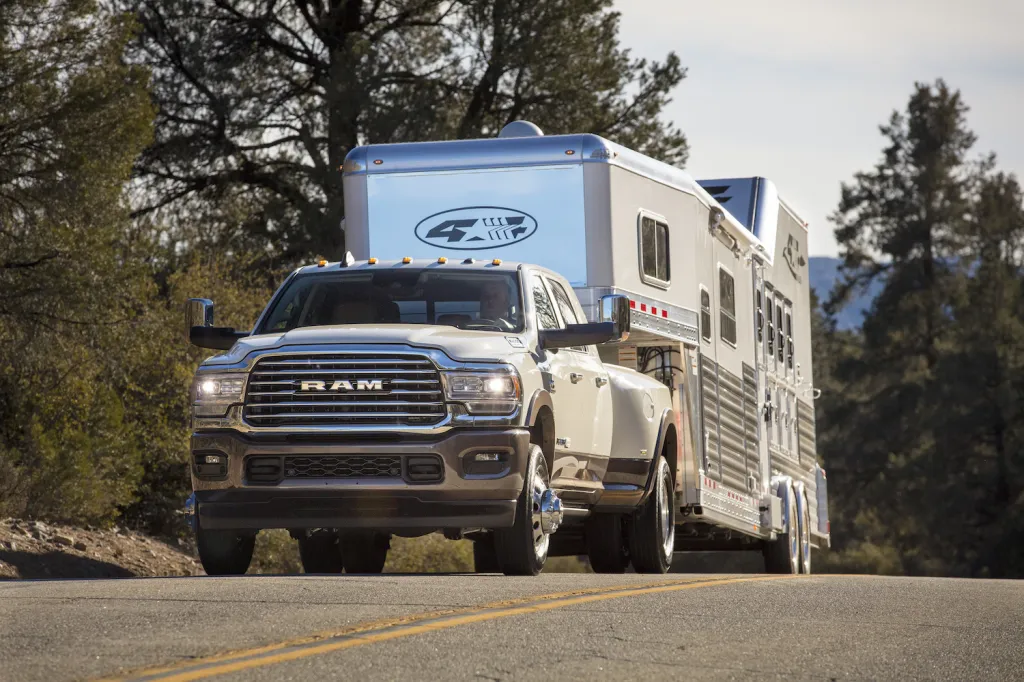
Are Full-Size Pickup Trucks Actually Bigger Than Midsize Models?
Midsize pickups are smaller than full-size trucks, right? Defining truck classes is problematic: no single entity governs truck classes or commercial vehicle sizes. What’s more, over the years the size of full-size and midsize trucks has changed drastically.
Full-size and midsize are not sizes, they are weights

Most full-size trucks (ex: the Ford F-150, Ram 1500, Chevy Silverado, Sierra GMC, Toyota Tundra, and Nissan Titan) are roughly the same size. Most mid-size trucks (ex: the GMC Canyon, Chevrolet Colorado, Toyota Tacoma, and Ford Ranger) are smaller and roughly the same size. So is someone defining midsize and full-size truck categories?
There is no one government or industry organization that defines full-size and midsize pickup trucks. But several organizations must have their own working definitions. The Environmental Protection Agency (EPA), for example, must classify vehicles before it can establish emissions standards.
The EPA and the latest Code of Federal Regulations agree on a definition of midsize and full-size trucks. Here’s the catch, their size is actually a weight, a gross vehicle weight (GVW).
Midsize and full-size truck definitions by GVW

Cars and other passenger vehicles are often classified by interior volume. But trucks are usually classified by gross vehicle weight (GVW).
In this case, gross doesn’t mean nasty, it means total. A GVW is the total weight of a vehicle and its maximum payload. That payload includes passengers and cargo, as well as fuel.
The Federal regulation for the Classes of Comparable Automobiles (CCA) and the EPA agree that a midsize truck has a GVW of less than 6,000 pounds. If the vehicle and its maximum payload exceed 6,000 pounds, it becomes a full-size truck.
A full-size truck is any truck with a GVW between 6,000 pounds and 8,500 pounds. Anything with a GVW weight above 8,500 pounds is classified as a “special purpose vehicle” and requires unique regulation.
Heavy-duty trucks (ex: Ram 2500, Ford Super Duty, and Chevy Silverado 2500) belong to this special purpose vehicle class.
The Toyota Tacoma can carry half a ton, is it a half-ton truck?

One early classification of full-size pickup trucks broke them down by their load capacity. The smallest full-size trucks were called half-ton trucks. The next category was the heavy-duty three-quarter-tons, followed by the one-ton trucks.
At first, the F-150 and its competitors from Dodge and General Motors fit neatly into the half-ton category. A ton is 2,000 pounds, and each of these trucks had a payload capacity of about 1,000 pounds.
Then the engineers got to work improving each truck’s payload capacity. Thanks to better materials and manufacturing processes, the modern F-150, Silverado, and Ram 1500 can all carry over 2,000 pounds of cargo. That’s a full-ton!
Modern full-size trucks may be able to carry one full ton. But because they’re each brand’s lightest full-size truck (with a GVW between 6,000 and 8,500 pounds), most people still refer to them as “half-ton” trucks.
Here’s the truth: There’s nothing “half-ton” about a modern half-ton truck. It’s an antiquated term.
While auto manufacturers have increased full-size truck payload capacity, they have used the same technique to increase the capacity of their midsize pickup trucks. The latest Tacoma, Ranger, and Colorado can all carry much more than a half-ton. But because of these trucks’ GVW below 6,500 pounds, they are all still considered “midsize” trucks and not “half-tons.”



